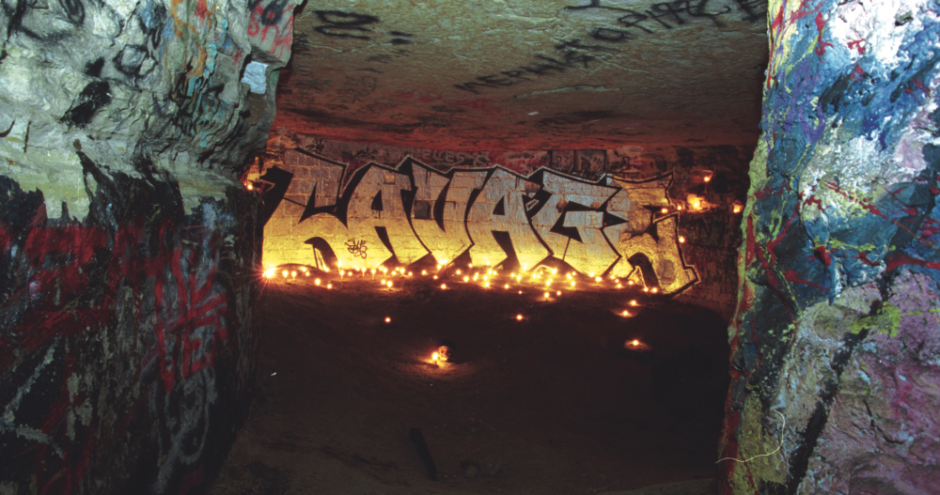Paris is in the international super-league when it comes to galleries. For those interested in the history of art the Musée du Louvre is a must, and whilst the galleries of St-Germain prefer avant-garde art of the post-war era, more contemporary work can be found in the Marais, and young artists are premiered in the showrooms around the Bastille. These are the known and acknowledged art spaces of the French capital. However, there is another gallery in Paris that is both hidden and unrecognised, which is home to a collection of art so vast that it defies estimating, so various that it resists categorising, whose oldest exhibit was created in the seventeenth century and whose newest work was made only yesterday.
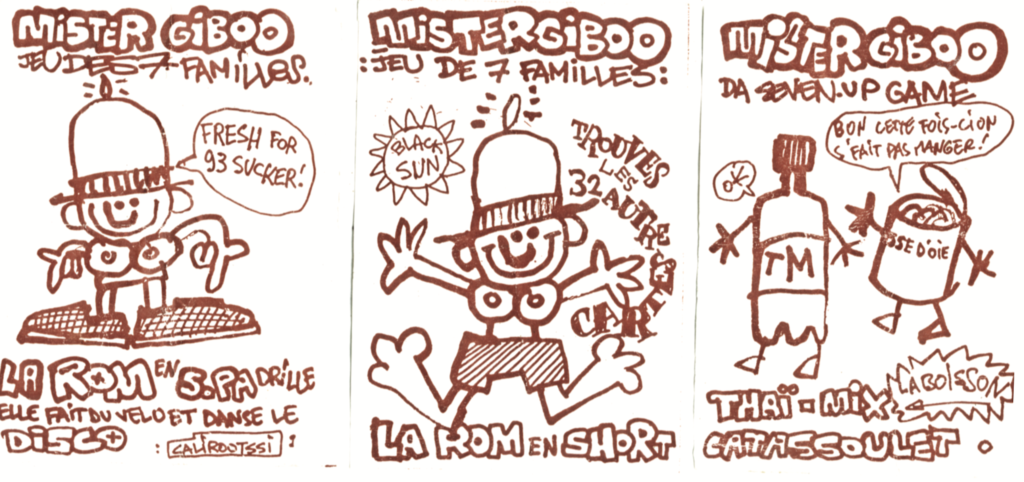
This secret gallery can be found in the complex network of passages that wind their way through 285 kilometres of abandoned quarries that lay below the streets of Paris. These quarries were mined for the stone that was used to build the French capital and after five centuries of extensive and haphazard excavating they were abandoned. For the past 300 years these quarries have been out of bounds to all apart from the Inspection Générale des Carrières, which was established to investigate, map and make safe the underground of Paris.
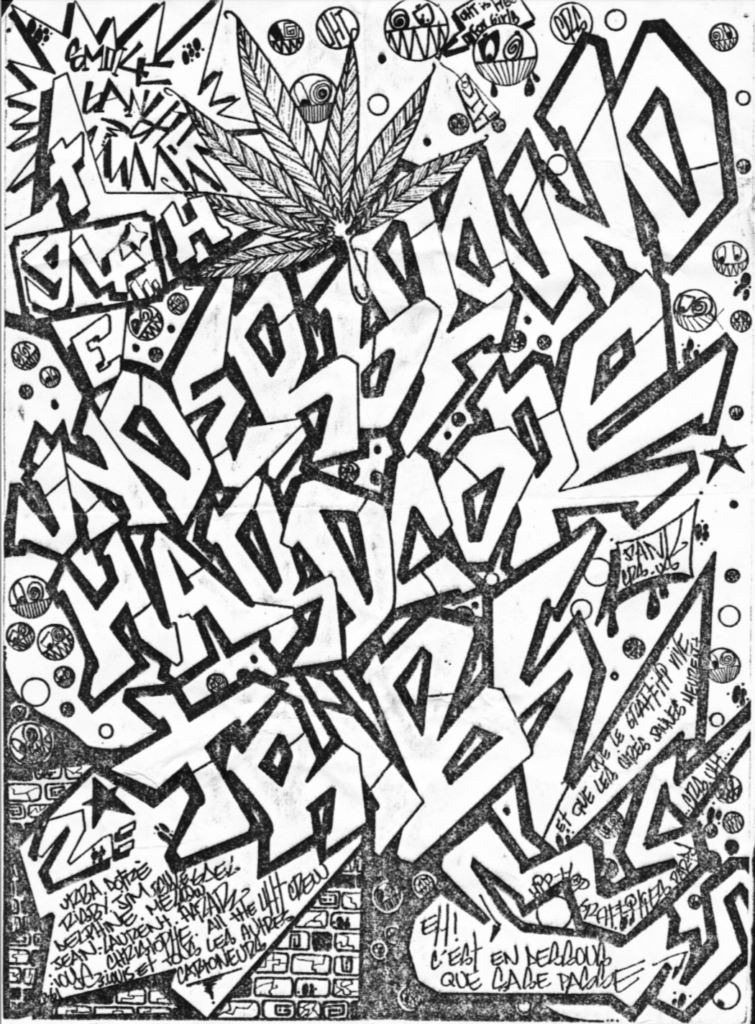
It is forbidden to enter the old quarries and any unauthorised violation can be noted by lawsuits and offenders can find themselves up before the law courts and fined. However, this has not stopped the tenacious and the curious from descending illegally into the underground and many of these surreptitious visitors have marked the quarry walls with a remarkable collection of artistic and graphic material as evidence of their descent. Civilians, students and tourists made the vast majority of the art as intimate and extravagant evidence of their tracks. The art and graphics cover many genres: incised inscriptions, handwriting, graffiti, painting, sculpture, mosaics, cartoons and art installations. They were made over a period that takes in momentous events from the storming of the Bastille to the student riots and workers’ strikes, 1968 and into the 21ts century. Amidst political turmoil art flourished in the Paris basement and decisive moments have been recorded and preserved in the underground galleries and quarries. They reflect and record the individual’s role in the evolution of a metropolis and a nation and collectively they form a visual memory and memorial of the city. The quarries are the hidden art gallery of Paris and they contain an extraordinary, incalculable and ever growing collection of visual material that has been amassing on the walls for over three centuries.
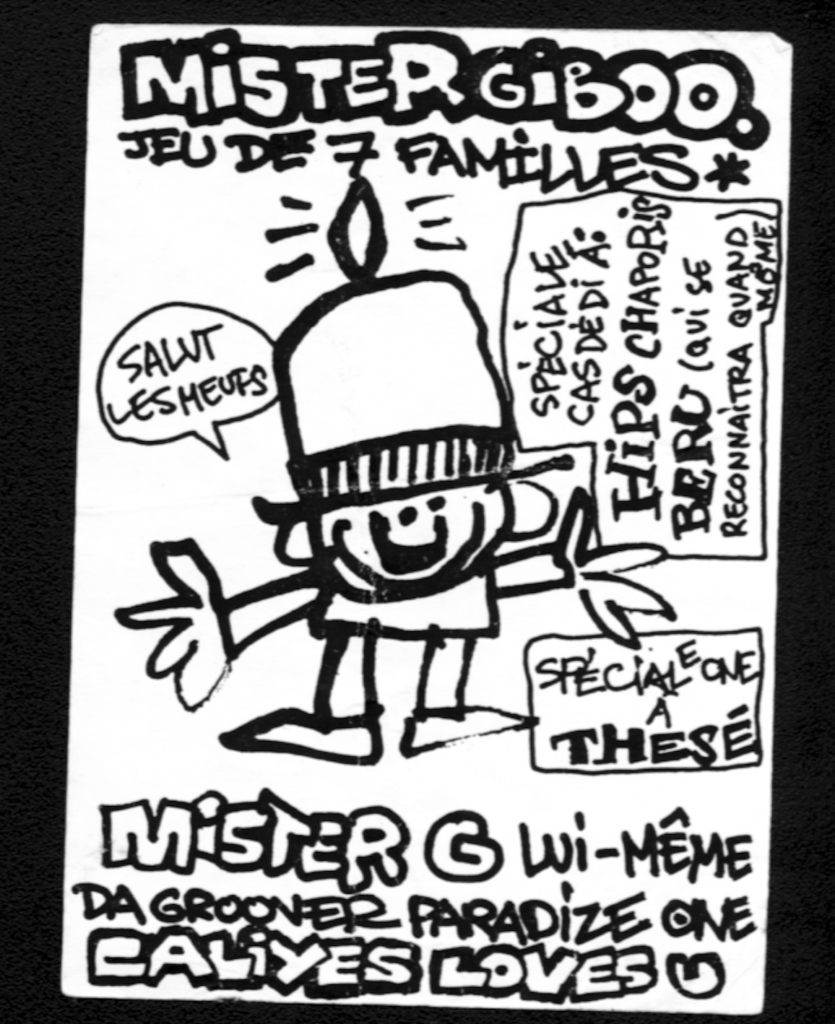
However, there is another more ephemeral form of underground art that eludes all but the sharpest-eyed invader. Whilst most of the material is highly visible on the surface of the quarry walls, there is yet more that is out of sight and buried in the fabric of the stone, and which is only seen by those that know where to look. Those that hide and those that seek this concealed art are known as ‘Cataphiles’. Cataphiles are illicit visitors to the quarries. Their reasons for exploring the underground are diverse: some like the geology of the place, others its history; the architecture and the aestheticism is what attracts yet more. A number of cataphiles go to exercise their talents as artists, whilst less discerning individuals merely want to have fun, play music, drink, smoke and party in this novel venue. Many are tempted down because of the prohibition, it is an act of defiance on their part and the element of risk lends an additional frisson. It is the singularity of the place that is the greatest attraction and many cataphiles descend simply to enjoy the ignored inheritance of Paris, which most people do not know exists and which few are privileged to have seen.
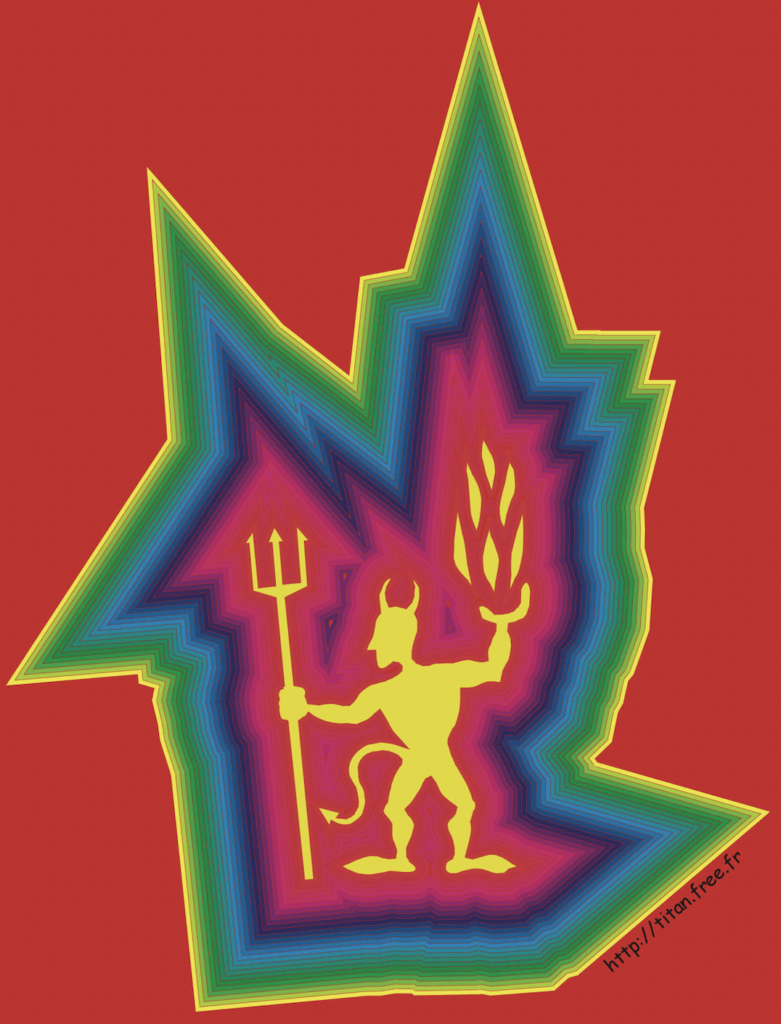
For the past twenty years it has been the custom of the cataphiles to leave small leaflets or pieces of folded paper known as ‘tracts’ in the galleries and rooms of the quarries. These tracts are hidden everywhere in the underground; some are stuck to the walls whilst the most beautiful, rare, or sought after are secreted in the cracks of the stone. The practice began in the early 1980s when paper notices were posted on the walls of popular quarry meeting rooms asking visitors to remove their rubbish when leaving. Today the purpose of the tracts remains primarily one of communication, however since their first appearance the leaflets have evolved significantly both in terms of content and presentation and have developed a distinct editorial, literary and visual style.
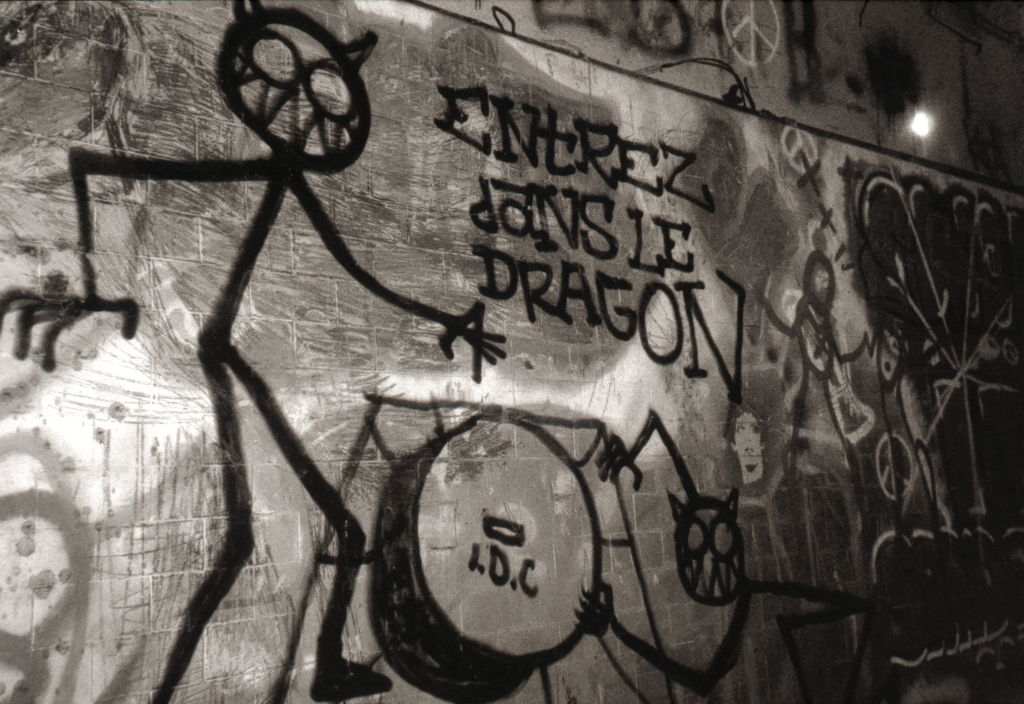
Every weekend cataphiles descend into the quarries to explore the galleries, but the network is so large that many visitors never meet or get to know their fellow enthusiasts. One way in which the underground community has become acquainted with itself has been through the dissemination of paper tracts, and over the years these leaflets have grown to be the cataphiles’ principal vehicle of communication and information, and they have made it possible for either individuals or groups to make themselves known to others. Paper tracts are now a quarry institution and they are a defining and integral feature of the underground community.
Originally appeared in Fused magazine issue 19

